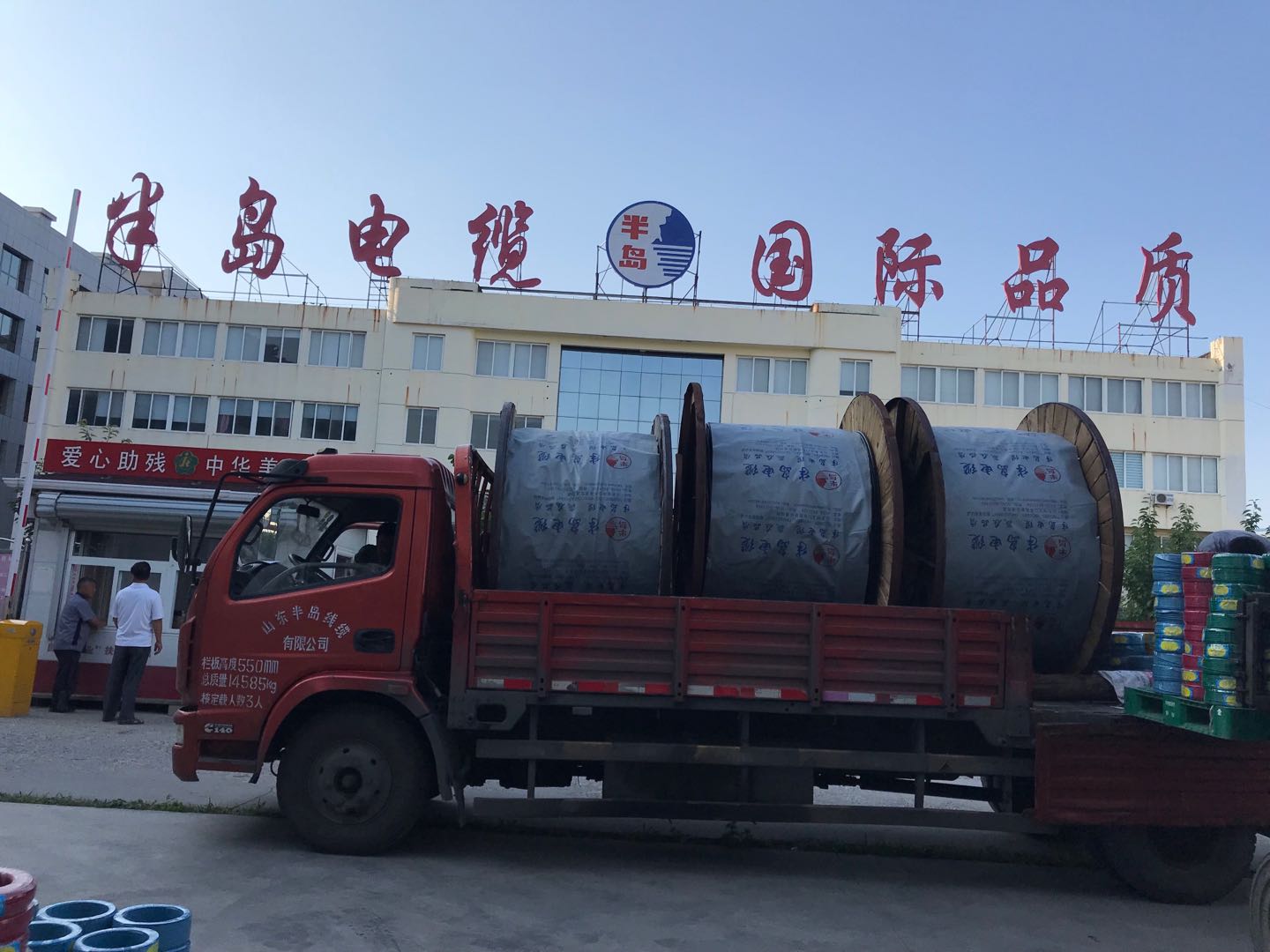The detection of wires and cables has always been an important part of the national standard wires and cables. The higher the quality inspection department in a wire and cable enterprise, the better the quality of wires and cables produced by the enterprise, and the more trustworthy they are. The stricter the third-party quality inspection department, the more conducive to the development of this industry.
The following are some important indicators of wires and cables, which are the most critical indicators for measuring wires and cables
1. Measurement of DC resistance of conductor:
The conductive core of wires and cables mainly transmits electric energy or electric signals. The resistance of the conductor is the main indicator of its electrical performance. The resistance of the wire core under the action of AC voltage is greater due to skin effect and proximity effect surface than that under the action of DC voltage, but the difference between the two is very small when the eye frequency is 50Hz. Now the standard stipulates that only the DC resistance or resistivity of the wire core can be detected to see whether it exceeds the value specified in the standard, Through this inspection, some defects in the production process can be found, such as wire breakage or partial single wire breakage; The cross-section of the conductor does not conform to the standard; The length of the product is incorrect.
2. Insulation resistance test:
The insulation resistance type is an important indicator reflecting the insulation characteristics of wire and cable products, which is closely related to the electrical strength, dielectric loss, and the gradual deterioration of insulation materials under working conditions of the product. For communication cables, if the insulation resistance between lines is too low, the circuit attenuation, crosstalk between circuits, and remote power supply leakage on conductive wire cores will also increase. Therefore, the insulation resistance is required to be higher than the specified value.
3. Measurement of capacitance and loss factor:
When the AC voltage is added to the cable, there will be current flowing through it. When the amplitude and frequency of the voltage are fixed, the capacitance current is proportional to the capacitance (Cx) of the cable. For ultra-high voltage cables, the current of this capacitance may reach a value comparable to the rated current, which becomes an important factor limiting cable capacity and transmission distance. Therefore, the capacitance of the cable is also one of the main electrical performance parameters of the cable. Through the measurement of capacitance and loss factor, various insulation deterioration phenomena such as insulation damp, insulation layer and shielding layer falling off can be found. Therefore, capacitance and TAN δ are measured both in cable manufacturing and cable operation.
4. Insulation strength test:
The insulation strength of wires and cables refers to the ability of the insulation structure and insulating materials to withstand the electric field without breakdown damage. In order to check the quality of wires and cables and ensure the safe operation of products, all insulated wires and cables generally need to undergo insulation strength tests. The insulation strength test can be divided into withstand voltage test and breakdown test. The voltage of the time is generally higher than the rated working voltage of the test object. The specific voltage value and withstand voltage time are specified in the product standard. Through withstand voltage test, the reliability of the product operating at the working voltage can be tested, and serious defects in insulation can be found, as well as some defects in the production process
5. Aging and stability test:
The aging test is the stability test of whether the performance can be stable under the action of stress (mechanical, electrical, thermal). Heat aging test: a simple heat aging test is to test the aging characteristics of the test object under the action of heat. Put the test object in an environment higher than the rated operating temperature by a certain value, so that a shorter life can be obtained at a higher temperature T.
6. Thermal stability test:
The thermal stability test is to measure some sensitive performance parameters to evaluate the stability of insulation after a certain period of heating when the cable is heated by current and also bears a certain voltage. Insulation stability test is divided into long-term stability test or short-term accelerated aging test.



